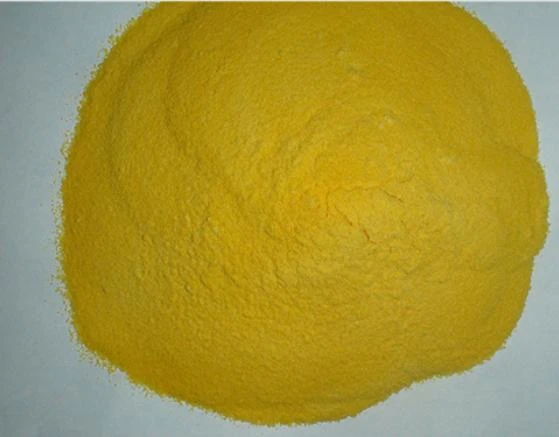Synthesis and Applications of Polyacrylamide in Various Industries
Understanding Polyacrylamide Applications, Benefits, and Environmental Concerns
Polyacrylamide, often abbreviated as PAM, is a synthetic polymer formed from acrylamide monomers. It was first introduced in the 1950s and has since gained significant traction in various fields due to its unique properties and versatility. This article delves into the structure, applications, benefits, and environmental concerns associated with polyacrylamide.
Structure and Properties
Polyacrylamide consists of long chains of repeating acrylamide units. These chains can be tailored to produce either linear or cross-linked structures, giving rise to different forms of polyacrylamide. The polymer can exist as a dry powder or as an emulsion in water. Its properties include high solubility in water, the ability to form gels, and the capacity to absorb large amounts of water. This water retention capability makes polyacrylamide an ideal choice for various applications, particularly in agriculture and wastewater treatment.
Applications
1. Agriculture One of the most prominent uses of polyacrylamide is in agriculture, where it serves as a soil conditioner. When added to water, polyacrylamide enhances soil structure, increases water retention, and reduces soil erosion. These attributes are particularly beneficial in arid regions where water scarcity is a pressing issue.
2. Wastewater Treatment Polyacrylamide is extensively used in the treatment of wastewater and sludge. It acts as a coagulant and flocculant agent, helping to aggregate suspended particles, making them easier to remove during the treatment process. This results in cleaner water being discharged and minimizes the environmental impact of industrial processes.
3. Mining In the mining industry, polyacrylamide is utilized as a flocculant in the separation of minerals from ores. It aids in sedimentation and clarifies the water used in mineral processing, thereby enhancing the overall efficiency of mining operations.
4. Paper and Pulp Industry Polyacrylamide is also employed in the paper-making process. It improves the retention of fibers and fillers, enhances paper quality, and aids in water drainage during manufacturing.
5. Cosmetics and Personal Care Products Due to its thickening and stabilizing properties, polyacrylamide finds its way into various personal care products, including lotions, creams, and hair gels. It helps maintain a smooth texture and enhances the product's performance.
Benefits
poly acrylic amide

The popularity of polyacrylamide can be attributed to several intrinsic benefits
- Versatility With its ability to be engineered into different forms, polyacrylamide can be adapted for numerous applications across various industries
.- Efficiency Its effective water retention and particle aggregation capabilities make it invaluable in agricultural and industrial processes.
- Cost-effective Polyacrylamide is generally inexpensive, making it an accessible option for many companies seeking effective solutions for their operations.
- Improved Crop Yields In agriculture, the use of polyacrylamide can lead to increased crop yields through better soil hydration and nutrient management.
Environmental Concerns
Despite its many benefits, the use of polyacrylamide is not without controversy, particularly concerning its environmental impact. Acrylamide, the monomer from which polyacrylamide is derived, is considered a potential neurotoxin and carcinogen. While the polymer itself is generally regarded as safe in its solid, polymerized form, there are concerns regarding the leaching of acrylamide into the environment, especially in agricultural applications.
Efforts are being made to ensure that polyacrylamide applications minimize potential risks. Researchers are investigating more environmentally friendly alternatives and safer formulations to reduce any negative impacts on human health and ecosystems.
Conclusion
In summary, polyacrylamide is a valuable synthetic polymer with a wide range of applications in agriculture, wastewater treatment, mining, and cosmetics. Its ability to improve efficiency and contribute to sustainable practices makes it an important material in various industries. However, awareness of the environmental and health concerns associated with its use is crucial for ensuring that its benefits do not come at a cost to human safety and ecological integrity. As research continues to advance, the future of polyacrylamide may be one of improved safety protocols and innovation, ensuring its place as a vital resource in modern applications.
-
Water Treatment with Flocculant Water TreatmentNewsJun.12,2025
-
Polymaleic AnhydrideNewsJun.12,2025
-
Polyaspartic AcidNewsJun.12,2025
-
Enhance Industrial Processes with IsothiazolinonesNewsJun.12,2025
-
Enhance Industrial Processes with PBTCA SolutionsNewsJun.12,2025
-
Dodecyldimethylbenzylammonium Chloride SolutionsNewsJun.12,2025





